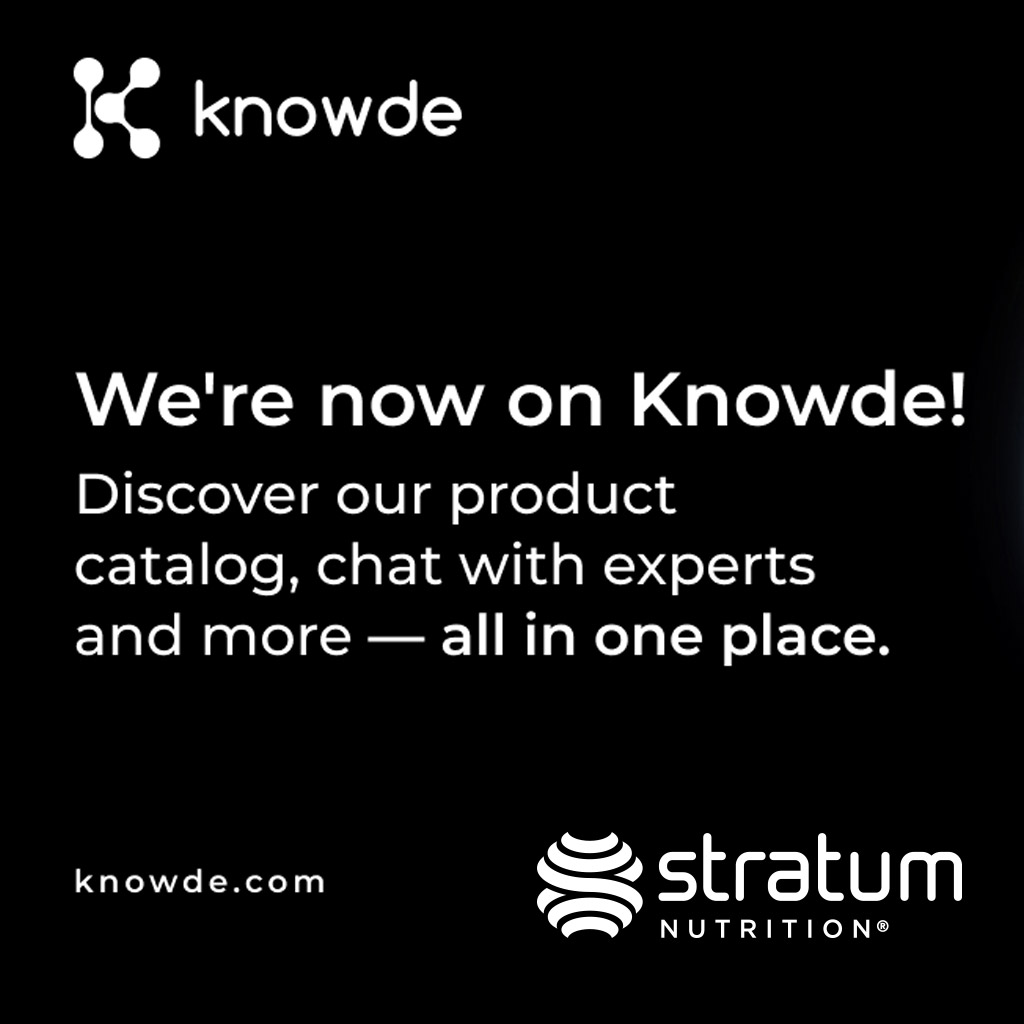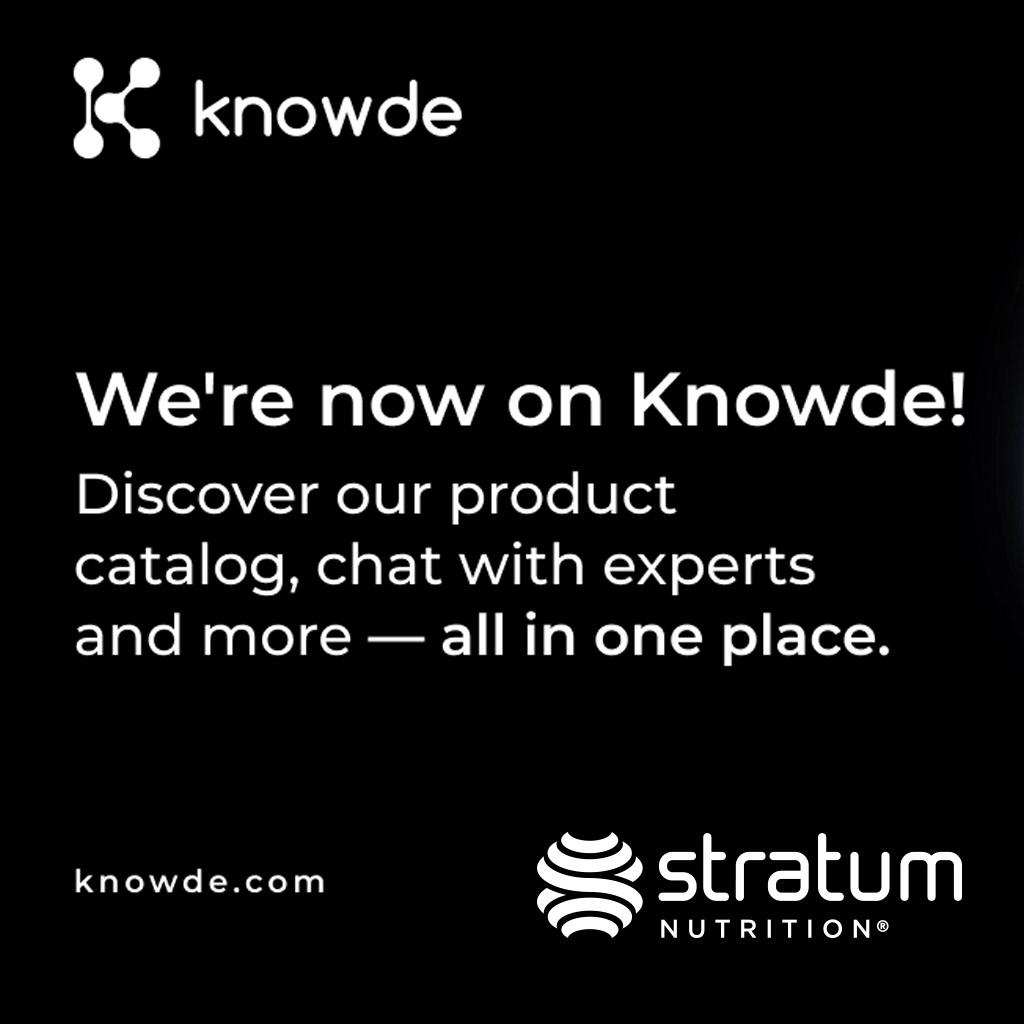NEM Research: A Step Ahead of the Rest
Jun 29 2021
| Our Blog
| Nena Dockery
Once catering mostly to serious male athletes aged 18-40, the sports supplement industry has been forced to open its targeted market to casual athletes, women, and aging consumers who are increasingly active and health conscious. A 2020 survey by FMGG Gurus indicated that six in ten global consumers looked to improve their overall health and had exercised more in the past two years. This opens the bone/joint supplement category to experience continued growth in the years ahead.
There are several factors that influence formulators when developing bone-support formulas. Following multi-vitamin and mineral products, bone support supplements have probably the longest history of use in the dietary supplement industry. Most of these products still focus on calcium content because of its known relationship to bone health and the bulk of research demonstrating a benefit from calcium supplementation.
Bone density testing procedures have been around a long time and can accurately determine the level of bone health and the need for additional bone support supplementation. Calcium and Vitamin D are well-recognized as vital nutrients for bone health that even merit health claims regarding prevention of osteoporosis. Additional vitamin and mineral ingredients, such as magnesium and vitamin K2 have also been extensively studied for their role in maintaining healthy bones.
Measuring joint health is somewhat more difficult, and usually isn’t considered unless there are symptoms of joint cartilage degradation, such as pain or stiffness. However, there are biomarkers that can be used to objectively determine both temporary cartilage turnover resulting from exercise, as well as excessive cartilage degradation, indicating more permanent damage to joint tissue. Some of these biomarkers, such as CTX-II (C-telopeptide fragments of type II collagen) provide a reliable indication of the level of cartilage breakdown resulting from exercise and wear and tear. The use of this biomarker to determine the effects of a dietary supplement ingredient provides an additional level of confidence in the potential benefits derived from that ingredient.
The research on NEM®, Stratum’s branded eggshell membrane ingredient, has incorporated CTX-II to substantiate the benefits of NEM in protecting cartilage from degradation associated with exercise. Evaluations of pain and stiffness have traditionally been the main criteria used to determine the effectiveness of supplements designed to improve joint health. The use of an objective biomarker associated with cartilage breakdown further supports NEM’s already substantiated benefits to joint health. Research that demonstrates protection and preservation of a part of the body that is often susceptible to long-term repercussions of exercise stress is a major departure from the short-term benefits that are often seen.
Within the supplement industry, there is greater emphasis now in conducting research in healthy populations. This has always been the requirement from the FDA, in order to distinguish supplement ingredient research from that for pharmaceuticals. However, achieving meaningful results in subjects who are already healthy is difficult – how do you improve on a health status that is already good? This is made even more difficult because the FDA also stipulates that, except for a select few qualified health claims and claims for deficiency disease prevention through supplementation of specific vitamins or minerals, prevention claims are disallowed. Therefore, some researchers use exercise as a means of stressing the body and then determine the beneficial effects of dietary supplement ingredients on the rate or degree of recovery from exercise-induced symptomology.
Joint health ingredients that require smaller doses, equivalent to one or two small or medium-sized capsules or tablets daily, and that produce a benefit within a short period of time, usually less than a month, will have more appeal to consumers who desire a product that will help them stick with an exercise program. Joint ingredients that can tie exercise comfort into their researched claims are a step ahead (pun intended), as people are looking for natural alternatives to help keep exercise pain free. Lastly, ingredients that are specifically studied in women and making women-specific claims will catch the eye of the main supplement buyers – women.
Our Research Stands Out
There have been two significant developments in recent months related to research on NEM®. First is the publication of the research involved in the development of a clinical trial design for evaluating the effects of joint therapeutics on cartilage turnover in healthy subjects (postmenopausal women, average age 56), using levels of a biomarker of cartilage metabolism and breakdown (CTX-II) as an indicator of increased exercise-induced cartilage breakdown. A reduction in urine or serum CTX-II levels provided substantiation for new joint cartilage protection claims on product labels. The design of the clinical trial marked the first evidence suggesting the biomarker, CTX-II, could be used to evaluate the chondroprotective efficacy of joint therapeutics in healthy individuals, as well as other populations.
A second healthy person trial evaluating the effects of NEM supplementation on joint cartilage breakdown as well as the pain and stiffness associated with a new exercise regimen was also completed in recent months. This randomized placebo-controlled trial built upon the results from the previous trial in post-menopausal women, by expanding the age criteria and including both men and women in the study population.
Once again, Stratum Nutrition’s research stands out. In the two healthy person studies on NEM, individuals with no prior joint issues were used to ascertain the effects of NEM after exercise. Often the research incorporating the use of dietary supplements for joint health employs individuals with pre-existing undiagnosed joint complaints. Using individuals with no prior joint issues ensures that the stress on the joints is associated with the exercise regimen. In fact, our clinical study design that incorporated the analysis of changes in CTX-II levels in healthy subjects starting a new exercise regimen was so novel, Stratum now has a patent on it.
NEM is one of the few joint health ingredients, and the only eggshell membrane ingredient, that is supported by a full portfolio of 16 research studies, including 4 randomized placebo-controlled trials (2 of which are healthy person trials); 4 open label clinical trials (3 of which are independent trials); veterinary trials, including one canine RCT; and a wide range of supporting in vitro and in vivo mechanism of action studies. In addition to the subjective endpoints like joint pain and stiffness, recent healthy population clinical trials have included objective endpoints via CTX-II, giving the results additional credibility and substantiation. As a result, The Natural & Non-Prescription Health Products Directorate of Health Canada (NNHPD) recently approved updated cartilage protection claims, including one that specifically addresses CTX-II.
NEM provides the perfect alternative to glucosamine and/or chondroitin. The 500 mg research-supported dose is much smaller, the time for significant improvements in discomfort and stiffness ranges from 4-10 days, and the research portfolio is large and growing. NEM is also sourced from the U.S., environmentally friendly, and sustainable.
Conclusion
The joint health category will continue to be large and is beginning to trend downward in the age of the consumer seeking out these products. Younger men and women who are active are very attuned to the stress that exercise puts on their muscles and joints, and they look for ingredients to help them maintain their active lifestyle. NEM is an ideal choice for both the active younger person and the more mature consumer concerned about the inevitable joint wear-and-tear of life activities. Not only has NEM been studied in individuals who already have experienced the repercussions of normal joint wear-and-tear, it has been researched in healthy post-menopausal women and in younger men and women for benefits related to exercise-induced joint pain, stiffness and cartilage breakdown.
NEM is an ideal standalone ingredient, but also functions well with other joint support or general health ingredients to create unique formulations, especially since it doesn’t interfere in the metabolism or absorption of other ingredients or pharmaceuticals. For example, one of the most popular ingredients right now is collagen. Both hydrolyzed collagen (collagen peptides) as well as unhydrolyzed (native collagen) have become recognized ingredients for a variety of applications including skin care, joint health and general anti-aging formulas. Collagen ingredients would be ideal additional ingredients to add to a custom formulation containing NEM because of NEM’s natural content of Types I, V, and X collagen. In addition, NEM is suitable for placement in a variety of product formats in addition to capsules and tablets, including chews, food bars, confections, and powdered protein shakes.
NEM is an ideal component of a bone and joint formula. Stratum Nutrition also supplies ESC®, a natural calcium ingredient derived from chicken eggshells. Unlike many natural calcium sources, ESC is extraordinarily low in heavy metals, 50x lower than California’s strict Proposition 65 minimum levels. In addition, ESC contains a high level of elemental calcium, 35% or higher, and it is readily absorbable through the intestinal tract.
Stratum is the global leader in eggshell membrane science and technology for joint health with products in over 20 countries. When it comes to choosing a joint health ingredient, consider the only superior option on the market – NEM.








